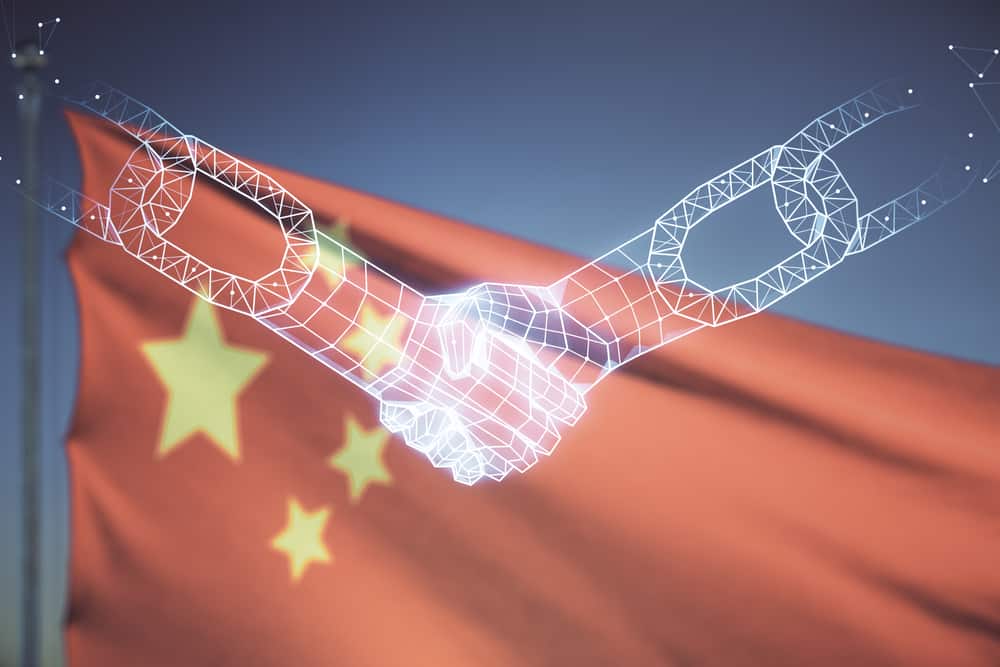Navigating Chinese Transformation and Global Markets
In the intricate tapestry of the global economy, the Chinese dragon is undergoing a metamorphosis. President Xi Jinping’s strategic manoeuvres aim to disentangle the nation from its property-centric, debt-driven economic model. Despite causing investor apprehension, this shift reveals a nuanced landscape, signalling a persistent hunger for raw materials through structural changes.
China Property Market
The beating heart of China’s economic prowess has long been its colossal real estate sector, contributing a quarter to the GDP and influencing over 40 other industries. President Xi’s strategic move to pivot away from traditional property-driven growth has caused tremors, with construction starts witnessing a significant 23% drop in the year to October. The old China, symbolised by its towering skyscrapers and sprawling urban landscapes, is navigating uncharted waters.
However, this apparent slowdown masks a more nuanced reality. The decline in the China property market and its repercussions across various sectors should not be viewed in isolation. The $300 billion copper market, often synonymous with China’s property fortunes, tells a different tale. While the property sector finds its footing, a parallel narrative unfolds—a surge in demand for Chinese materials, particularly copper.
The New Economy
Copper, a linchpin in the global industrial landscape, is witnessing a fascinating divergence from traditional expectations. China’s demand for copper, accounting for over 60% of global trade, is driven by its push towards the new economy. The rise of electric vehicles, renewable energy, and technological advancements are reshaping the demand for commodities.
China’s foray into wind energy exemplifies this transformative shift. Over the past two years, China added more wind energy generation capacity than in the previous seven years combined. According to Wood Mackenzie, this surge in the new economy will continue, with a 10-year compound annual growth rate of 11%, propelling grid-connected wind power to 2.38 terawatts by the end of 2032.
In conclusion, as the dust settles on restructuring the Chinese economic landscape, it becomes evident that opportunities lie beneath the surface-level concerns. The shift from old China, focused on property, signals a new era marked by a rising demand for Chinese materials. Investors, perhaps blinded by the shadows of a cooling property market, risk overlooking the thriving demand for commodities like copper, essential not just for traditional construction but also for the burgeoning sectors of electric vehicles and renewable energy. Navigating Chinese markets demands a nuanced grasp of change, acknowledging the dual nature of the old decline and new ascent.
The post Navigating Chinese Transformation and Global Markets appeared first on FinanceBrokerage.
































